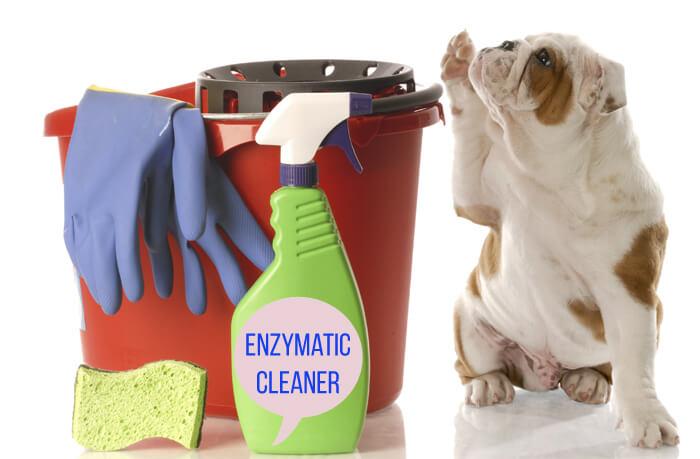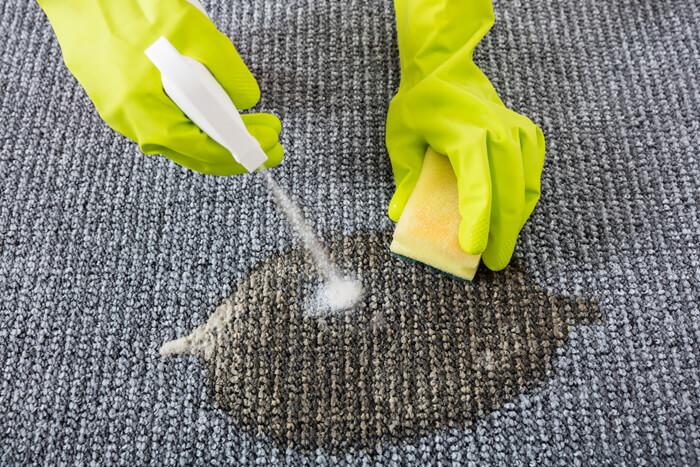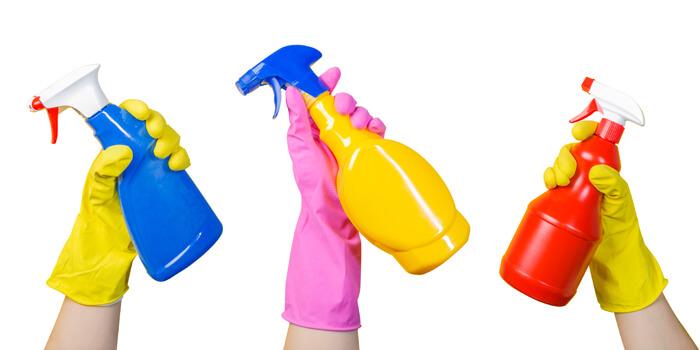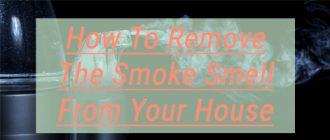No matter what type of material you are cleaning you want to get the best results with the least amount of work. No one wants to spend hours scrubbing a carpet or garment to end up with a stain that is only slightly faded but still visible. The use of enzyme cleaners has increased greatly over the years especially with the people who prefer to stick with more natural solutions in their homes.

To get the most out of these types of cleaners you have to understand what an enzyme is and how they work.
What is an Enzyme?
An enzyme is a catalyst or in other words, an enzyme makes something happen. In the case of an enzymatic cleaner the enzyme in question works to break down the stains at the molecular level. Depending on the type of the stain and the activity level of the enzymes this can take a few minutes to a few days. Repeat applications may be necessary for some stains.
There are 4 types of enzymes and each of them only breaks down one type of substance. A lipolase for instance only breaks down fats and oils. Proteases break down proteins, amylases break down carbohydrates and starches and cellulases break down soils at the smallest levels while also softening fabrics. Cellulases may also be added to some laundry soaps to help prevent graying or dulling of fabric dyes.
Once these enzymes are placed on the stain they react with the correct substance and break it down. If you are using a single enzyme cleaner it must be used with the correct type of stain. A protease enzyme cleaner will not help against an oily stain, for instance. For most people, especially pet owners, a multi enzyme cleaner is more cost effective but may not have the strength to work as well or as quickly.

How the Enzymes Work To Clean a Stain
Once an enzymatic cleaner is sprayed on it works with bacteria found within the stains to break down all of the organic material. A common pet owner’s stain is dog vomit or feces. Both of these organic materials are made up of proteins and in the case of the vomit may also have some carbs remaining from the dog’s food. Dogs who eat a lot of table scraps may also have fats present in these stains which is a perfect example of why a multi enzyme cleaner is always the best solution to have one hand.
The enzyme works in two ways at this point. First, it breaks down the structure of the stain itself into smaller molecules which the bacteria can then eat and break down further. Second, the enzymes speed up all of the chemical reactions from break down to consumption to waste product so that it is more effective. For its part, the bacteria in the stain “eat” the various parts of the stain so that it becomes broken down into gas (CO2) which is released back into the air or into water which can then be dabbed away.
Getting the Most Out of Enzymatic Cleaners
To start, you want to buy an enzymatic cleaner that is appropriate for the job you are doing. Some are listed as multi-surface while others are designated specifically for laundry or other uses. Keep in mind that the enzymes used in laundry soaps work differently than others and may not be as effective against a stain on a carpet or on furniture. Enzymatic cleaners that were designed for use on furniture and carpets are specifically designed to not harm the dyes used in these items because no one wants to clean up a stain only to find that they have bleached an entire area of their carpet in the process.

Keep an eye on how long you have had the cleaner. Enzymes start loosing their effectiveness at around 18 months and are totally useless at 24 months. Most of these cleaners will have a use by date marked on their label for this reason. If you are only occasionally running into stains, a smaller bottle may be more expensive at the time of purchase but it is less likely that you will end up throwing away most of what you have because it is too old to work well.
Always use any cleaner as directed. A small spot test is always a good idea especially for the very middle of the carpet which is where dogs so often like to vomit or on furniture that could be very expensive to have to replace.
Do not combine an enzymatic cleaner with another type of cleaner as it can stop the enzyme’s function and may kill the bacteria that is needed to complete the cleaning action. In a very dry stain, it might be necessary to add a little water to reactivate any bio-organisms that are present. Other cleaners will also have a different ph level than the more neutral enzyme cleaners which can also neutralize them.
Other things that can affect an enzyme include extreme temperatures such as high heat or freezing temperatures. Direct sunlight may also cause a decrease in the effectiveness of the enzymes so always store the cleaners in an opaque bottle.
Final Cleaning Notes
It should be stated that not every cleaner can remove every stain. Some stains are more complex than previously thought. Again, the example of dog vomit is appropriate. Dog food, especially the lower quality brands may rely on extensive use of artificial colors and food dyes to look more appealing to the human that is serving it. The problem with these dyes is that they may not be easy to remove by any type of cleaner, even the enzymatic cleaners and may leave behind a stain even when everything else has been effectively removed.

A dried, older stain may be able to be removed but it may take a lot more effort and repeated applications of the cleaner. It may take days or even weeks to see any progress with these types of stains. It is important to find and treat stains as soon as possible for this very reason. The earlier that you catch a mess, the less likely it will become a difficult to handle stain.
Resist the urge to “scrub” at most stains as this only pushes the material deeper into the surface and the fibers of the material. Instead, scoop or blot up as much of the material as possible and then apply the cleaning solution as directed. Leave on for the required amount of time and then use the removal process that is suggested on the label. Again, you may need to repeat this process once or twice more to fully remove the stain and the underlying odor. You want to be sure that you are following these steps carefully or the stain will not only remain but your pet may be attracted back to the same area repeatedly.
There are several brands to choose from so it can be difficult to make the decision on your own. Ask for advice from experts including your veterinarian and carefully read reviews from several sources before choosing a brand. Don’t be fooled into thinking that the most expensive brand is always the best choice and don’t make the mistake of trying to save money by buying an enormous bottle that you will likely never use. You may need to experiment with a few brands before you find the right enzymatic cleaner for you and your needs.




